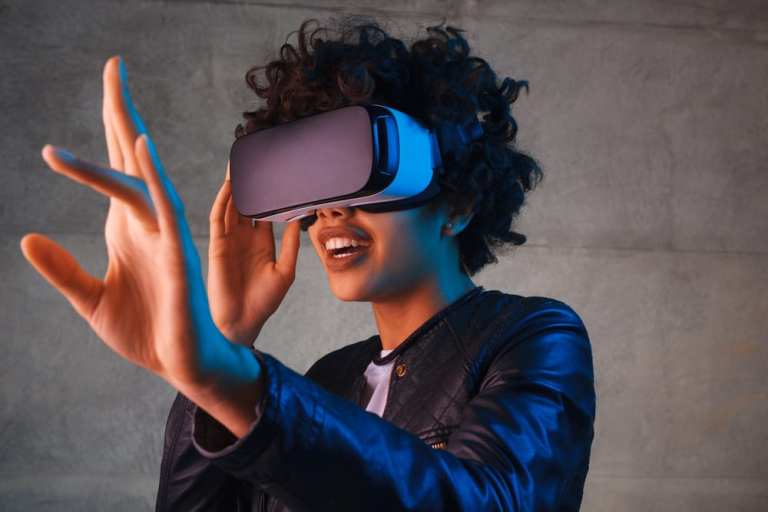Will Virtual Reality Pass the Sickness Test?

New, emerging and increasingly popular technologies go through a few tests on their way to more mainstream acceptance. Are they efficient? Are they secure? Are they fun and appealing? Can they make money?
And, sometimes, do they make consumers ill?
That last question is in play with virtual reality, which promises to take on a bigger role in commerce in the 2020s, thanks in large part to the deployment of 5G mobile network technology.
According to a recent article from The Economist, “between 25 percent and 40 percent of users still experience” what’s called cybersickness from using technologies such as virtual reality. According to the report, such a factor could hamper mainstream consumer acceptance of the technology. After all, if technology makes a good part of the consumer base dizzy or nauseous, or causes eye strain or headaches, something might be wrong.
Varied Reasons
The reasons for the sickness are not totally understood, according to that U.K.-based weekly newsmagazine. “Two theories dominate. One is that users experience sensory conflict – a mismatch between what they see and what their other senses and their real-world knowledge tell them they should be experiencing,” the article states. “The other is that the underlying cause is individuals’ inability to control their bodies and maintain proper posture when moving around in virtual environments. To complicate matters, both hypotheses could be true.”
The report comes as more retailers move toward virtual reality to create deeper, richer consumer experiences – a trend that is likely to intensify in the 2020s. VR is expected to generate $1.8 billion for retail and marketing in the year 2022, with revenues from VR initiatives expected to increase by 3,000 percent over the next four years. The number of VR users more than doubled in 2018, growing from 85 million to 171 million.
For instance, location-based virtual reality startup The Void is partnering with mall operator Unibail-Rodamco-Westfield (URW) to open 25 new entertainment outposts in the U.S. and Europe by 2022. Four temporary pop-ups are opening in New York, San Diego, San Francisco and Los Angeles, CNBC reports. “People hear ‘VR’ and they think it’s a gimmick, it’s a fad, it’s not for me,” The Void Co-founder and CFO Curtis Hickman said in the report. “But anybody can do this. We make it easy for everybody. This is the future of entertainment.”
Customers will pay $35 to experience the physical sensation that they are in a movie. With the planned “Star Wars” theme, for example, participants can feel like they are in a room with a Darth Vader battle scene, complete with temperature changes and weather effects.
5G Role
The rise of 5G mobile network technology also promises to spark new deployments of virtual reality in the retail space. In South Korea, for instance, the country’s “SK Telecom and the nation’s retail conglomerate Shinsegae Group have joined forces to develop new business models and innovative services in the logistics and distribution sectors powered by 5G networks,” according to a report. The deal calls for the companies to develop what the report describes as “5G-based business models that can be applied to Shinsegae’s department stores and discount store chain E-Mart as well as various shopping malls.”
That effort will apparently involve VR along with augmented reality (AR). The plan is to use VR technology to enable consumers to shop via digital platforms instead of inside brick-and-mortar locations, though no further details were immediately available.
Many VR retail deployments are likely to be modest, even when backed by new 5G technology, according to analysts. That may or may not be the case with the recently announced South Korean deal, but support for that point comes from PYMNTS research.
It found that “some retailers are using VR to entice users to take a second look at their brands, deploying it first as a marketing strategy to better connect specific visuals with their brands in consumers’ minds, with sales as a secondary component. Last year saw a boom in brands using VR in this way, including U.K. clothing retailer Topshop, which used it to take shoppers on a waterslide through central London.”
Virtual reality will face many tests, but making sure consumers don’t get sick will obviously be a primary one.